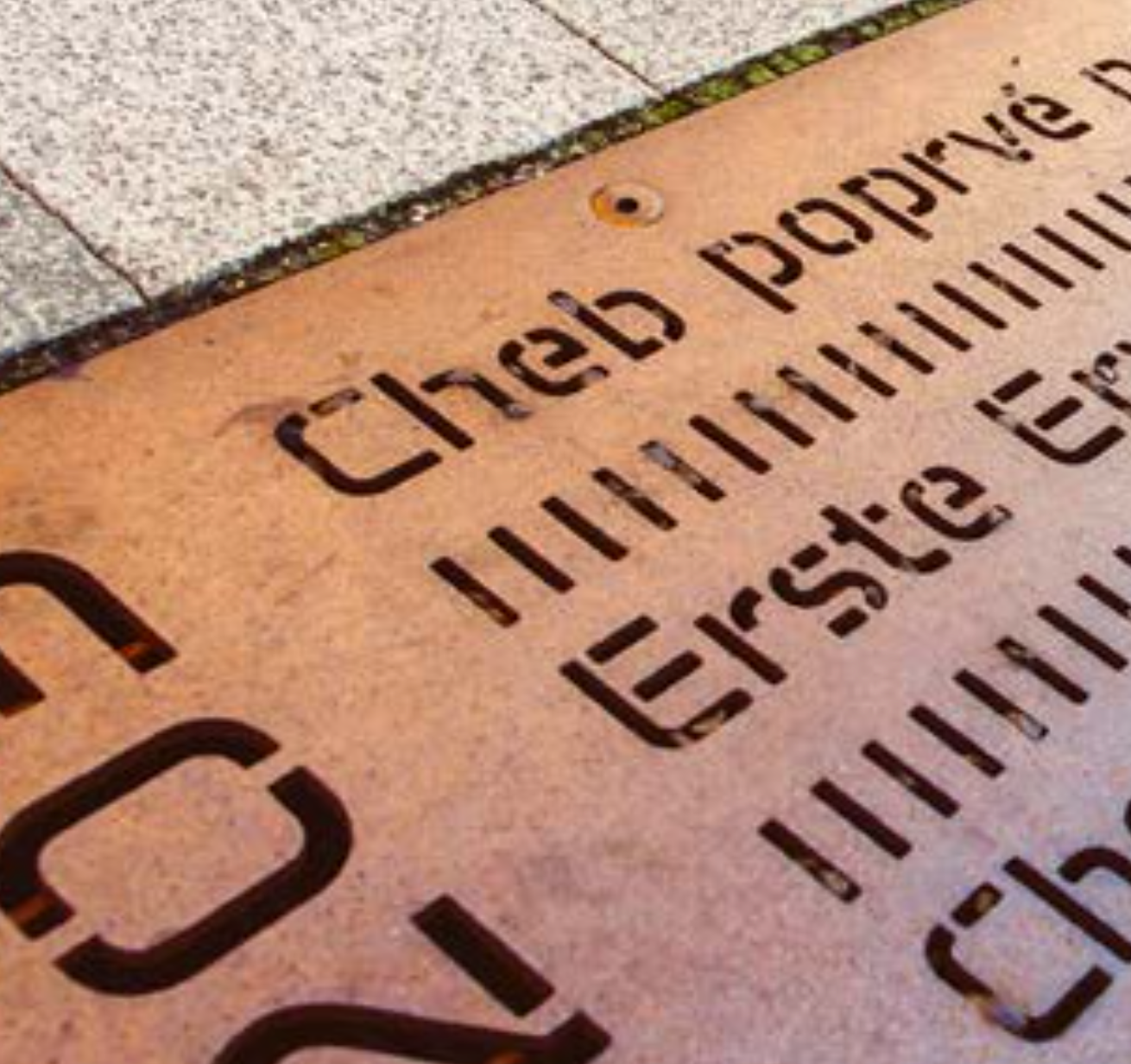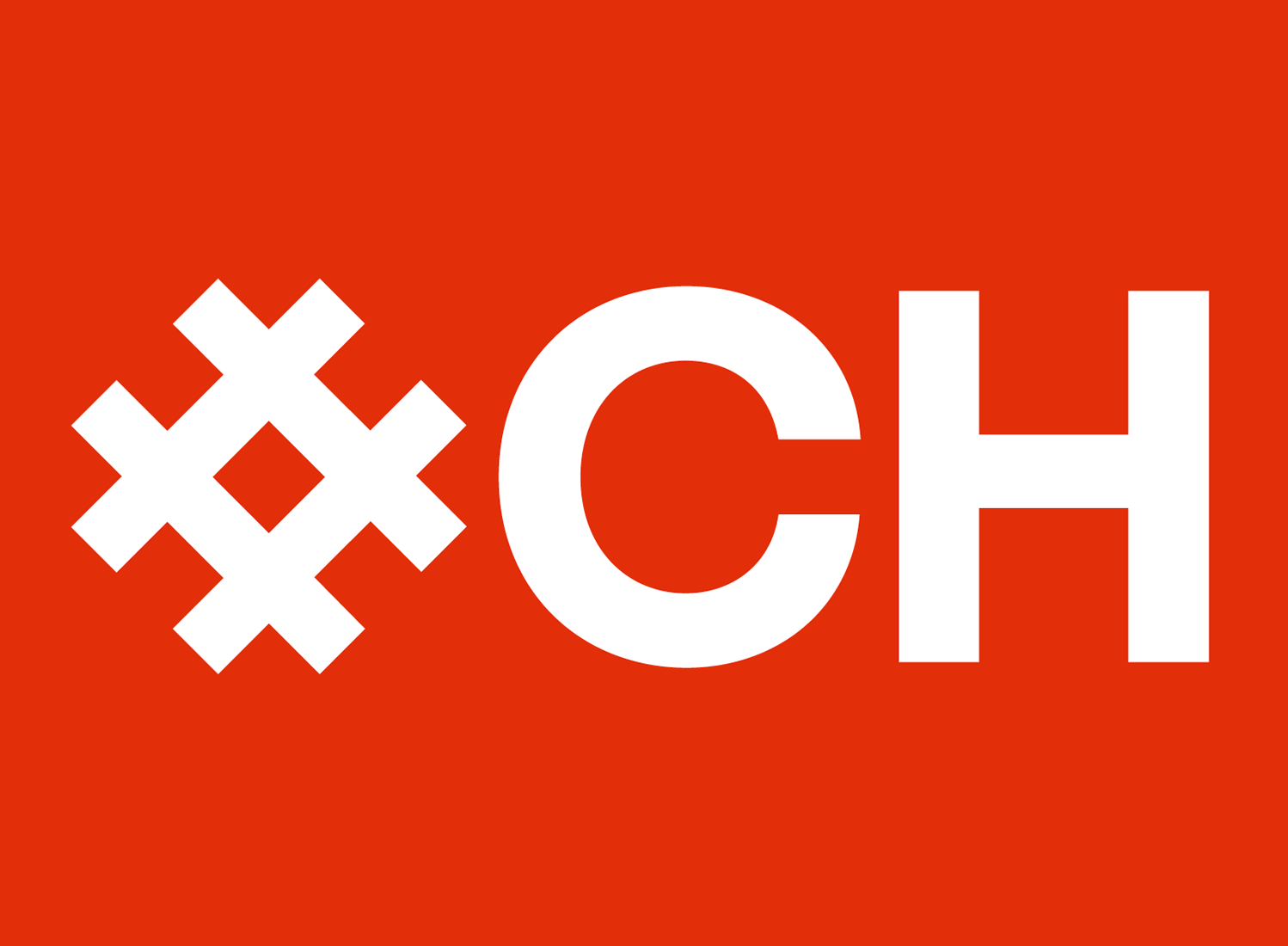Timeline
1061 ...que procedit de Egire... first written mention of Cheb
1135 Cheb region becomes administrative unit
1140 First mention of Cheb parish
1146 Cheb becomes possession of Hohenstaufen dynasty after death of Diepold III 1149 Cheb called fortified marketplace
1147 Cheb Region acquired by Emperor Frederick Barbarossa 1179 Construction of Imperial Castle begins
1203 Cheb called town for first time
1213 First mention of castle chapel
1220 Construction of town church of St Nicholas
1241 First known town seal
1256 First structure of Fransiscan monastery completed 1258 Order of German Knights settled in Cheb
1264 First mention of Order of Poor Clares in Cheb
1266 Cheb becomes possession of Ottokar II of Bohemia 1270 Old town destroyed in fire
1271 Town hospital entrusted to Knights of Cross by Ottokar II of Bohemia 1277 Cheb called imperial city for first time
1279 Cheb’s rights and privileges acknowledged by Rudolph of Habsburg 1285 New Franciscan church consecrated
1289 Negotiations between King Wenceslas II of Bohemia and Rudolph of Habsburg in Cheb
1291 Cheb asks King Wenceslas II of Bohemia for protection
1296 Construction of Dominican monastery approved by Wenceslas II of Bohemia 1304 Cheb region becomes possession of Albert I of Germany
1310 Oldest judicial book of Cheb appears
1315 Cheb pledged to Czech king by King Louis the Bavarian
1318 John the Blind and Louis the Bavarian negotiate at Cheb Castle
1322 Incorporation of Cheb region into Lands of Bohemian Crown
1330 Cheb exempted from paying duty in entire empire by Emperor Louis’s
Golden Bull
1349 Right to mint own coins granted by Charles IV
1350 First major Jewish pogrom in Cheb
1352 Municipal code is written
1355 Cheb exempted from duty in entire empire by Emperor Charles’s IV Golden Bull
1375 New synagogue completed
1376 Cheb’s privileges and freedoms confirmed by Wenceslas IV,
Holly Roman Emperor
1389 Peace negotiated by King Wenceslas IV at Reichstag in Cheb
1390 Keeping of municipal tax records started
1414 Construction of St Bartholomew’s Church completed
1430 Cheb besieged by Hussite army
1432 Agreement on common judge reached by Utraquists and Council during
negotiations in Cheb
1437 Cheb’s privileges confirmed by Golden Bull of Emperor Sigismund
of Luxembourg
1440 Consecration of St Yodok’s Church outside Lodní Gate
1458 Cheb’s privileges and freedoms acknowledged by George of Poděbrady
1459 George of Poděbrady negotiates recognition of his government in Cheb
1461 Reichstag called to Cheb by George of Poděbrady
1467 George of Poděbrady as last ruler to stay at Cheb Castle
1469 Interdict extended over town for its loyalty to King George of Poděbrady
1470 First print shop established in Cheb’s Špalíček block of houses
1471 First surviving picture of square with Špalíček
1472 111 houses destroyed in large fire in immediate vicinity of Jánské Square
1475 Gothic reconstruction of St Nicholas Church
1489 Addition (+) and the subtraction (-) signs invented by Johannes Widmann,
native of Cheb
1495 Cheb’s privileges and freedoms confirmed by Emperor Maximilian I
1525 Dismissal of two burgomasters due to revolt of Cheb’s citizens
1528 First wooden statue placed on fountain in square
1531 First reference to Oldest pub, U červeného koníčka
1540 Town’s first paper mill founded in village of Stein
1542 Cheb described as charming Renaissance town by humanist Caspar Bruschius 1547 Emperor Charles V and King Ferdinand in town during Schmalkaldic War 1552 New town armoury built
1560 Oldest urban chronicle finished by scribe Pankraz Engelhart
1563 Textbook of surgery published by Georg Zechendorff, Cheb physician
1564 First evangelical mass celebrated in Cheb
1570 Professional literature published by Hans Burger’s print shop 1589 Cheb adulterers’ revolt severely punished
1604 New Gregorian calendar introduced in Cheb
1608 Town of Cheb in charge of Cheb parish
1619 Frederick V, Elector Palatine, so called the Winter King, welcomed in Cheb
by Bohemian Estates
1625 Albrecht von Wallenstein in Cheb for first time to recruit new army 1627 Recatholization of Cheb commences; gracious decree for Cheb issued
1631 Cheb occupied by Saxon Army; Protestants back in town
1632 Cheb conquered by Albrecht von Wallenstein’s army again
1634 Albrecht von Wallenstein assassinated in Cheb
1644 Cheb marquetry workshop opened by artisanal woodcarver Adam Eck
1645 82 town houses destroyed in large fire
1647 Cheb besieged and conquered by Swedish army
1649 Swedish army leaves Cheb
1652 Cheb ordered to complete its recatholicization by Emperor Ferdinand III 1655 Plans to build Cheb fortress approved
1662 Baroque facade of Gabler House in square finished
1665 New poorhouse built next to St Yodok’s Church
1669 Second most important craftsman of Cheb marquetry, Hans Georg Fischer, dies 1674 Foundation stone for new Dominican church laid
1687 Great Baroque architect Balthasar Neumann born in Cheb
1693 J. Michael Widmann appointed first postmaster of Cheb
1694 St Vincent’s remains laid to rest in St Nicholas Church
1703 Egerer Ordinari Zeitung founded - first newspaper published in print
1705 Construction of Jesuit convent completed
1712 Consecration of new church of St Clare, designed by Christoph Dientzenhofer 1715 First separate map of Cheb region published, based on cartographic
measurements
1720 Construction of new Dominican monastery completed
1721 Pragmatic Sanction accepted during last meeting of Land assembly in Cheb
1723 Cheb’s population reaches 6483
1728 New town hall, designed by Giovanni Battista Alliprandi, completed 1740 Construction of Cheb fortress completed
1742 Cheb besieged and conquered by French army; St Nicholas Church
damaged by fire
1747 Plans for renewal of St Nicholas Church’s towers finished by Architect
Balthasar Neumann
1782 Convent of Poor Clares closed down
1787 Cheb attached to Prague archbishopric
1793 99 houses in castle’s vicinity destroyed by large fire
1800 Cheb becomes fortified town with permanent military garrison
1808 Demolition of Cheb fortress’ ordered by official patent
1809 North side of old town devastated by destructive fire
1810 New south tower of St Nicholas Church fitted with neo-Gothic spire
1817 New bridge over Ohře (Eger) River built
1826 Pedestrian bridge built at Kachní kámen to make Ohře region accessible 1828 Siechenhausen becomes popular travel destination because of its new inn
called Myslivna
1829 New shooting range built below castle
1830 New high school building consecrated
1845 Royal town of Cheb has 10,459 inhabitants and 802 houses 1850 Cheb becomes seat of District Executive Office
1857 District Revenue Headquarters built
1862 Project for new avenue leading to future train station prepared
1863 Construction of 378 metres long railway viaduct started
1864 Gasworks built in Lodní suburbs
1865 Cheb connected to Bavarian and Saxon railways thanks to its new train station
1865 Construction of new Evangelical school and vicarage
1866 Demolition of Mlýnská Gate below castle
1869 Foundation stone laid for construction of Evangelical church
1871 Demolition of Horní Gate on Březinova Street
1872 Construction of municipal joint-stock brewery finished
1873 One of first city museums in Bohemia founded
1874 New theatre building opened
1875 New central school building, Rudolfinum, constructed
1880 Office building of St Florian Insurance Association completed
1881 Construction of new iron pedestrian bridge at Písečná Gate below castle
1883 Fire in U zlatého slunce Hotel in square
1885 Construction of Savings Bank’s new building
1886 Inauguration of first building of new town military quarters
1887 Monument to Emperor Joseph II unveiled in square
1891 New factory producing Premier bicycles established
1892 New school at Horní Gate opened
1893 New synagogue consecrated
1896 Construction of new town slaughterhouse
1898 Construction of first chorus and exhibition hall in Poohří region
1899 Construction of new iron bridge over Ohře River
1900 Czech genius Jára Cimrman has a beer in Špalíček while visiting Cheb
1900 Construction of Discount House building on Svobody Avenue
1901 Lookout into Poohří region opened
1902 Construction of school on Karlova Street
1904 Construction of orphanage
1905 Completion of new courthouse and jail buildings
1907 Construction of new building for Austro-Hungarian Bank
1909 School in Komenského (today Schiller ) Park opened
1910 Construction of town’s power plant; new town hospital opened
1911 New municipal library opened; Eska factory founded
1912 New memorial to fallen unveiled in municipal park
1913 Turner Memorial unveiled on Špitálský Hill
1914 Construction of new military quarters outside Mostní Gate
1916 Prison camp with capacity of 10,000 prisoners of war built in Cheb
1917 First military airport in Bohemia built in Cheb
1918 On 27 October, Cheb Region becomes part of Deutschböhmen;
its independence declared
1918 On 16 December, Cheb under control of Czech Army upon agreement
with town’s officials
1922 National Day celebrations in Cheb turn into demonstration for special
position of Cheb Region
1925 Construction of new Czech school building
1927 Club house, called “Freedom”, opened
1931 Construction of new chorus and exhibition hall in Poohří region
1933 Sudeten German Home Front in Cheb established
1934 First post-war Wallenstein Games take place
1935 Sudeten German Party becomes borderlands’ strongest political party
1938 On 1 October, Cheb under control of Freikorps troops after signing
of Munich Agreement
1939 Cheb becomes part of Reichsgau Sudetenland
1944 First major bombings of city
1945 On 26 April Cheb liberated by United States Army
1945 First Czech municipal council established
1946 Expulsion of German citizens completed
1947 Monument commemorating United States Army unveiled in municipal Park
1948 Power abruptly assumed by Communists leading action committees
1951 Monument to American soldiers removed from municipal park 1956 Reconstruction of city’s historical heart
1958 Youth Brass Band founded
1960 Construction of Spáleniště Housing Estate started
1961 Permanent Czech theatre established
1962 Construction of the new train station completed
1965 Construction of Hradčany Housing Estate started
1968 Soviet Army occupies Cheb
1969 So-called normalization started by Cheb’s communists
1970 FIJO Festival takes place for first time, its tradition begins
1971 Construction of Skalka Housing Estate started
1979 Cheb becomes premier football league city
1981 Centre of Cheb declared urban conservation area 1985 Dozens of buildings damaged by earthquake
1985 Construction of Zlatý vrch Housing Estate started
1989 Square fills with people called for free elections and end of totalitarian regime
1990 First democratic municipal council after 1948 elected
1990 Faculty of Economics founded
1991 Euregio Egrensis Associations of Bohemia, Bavaria and Saxonia/Thuringia
established
1992 Society for restoring Maria Loreto pilgrimage site in Hrozňatov established
1993 Construction of city’s bypass begins
1994 New high school building opened; school on Zlatý Hill opened
1995 Brewery stops brewing beer after 123 years
1997 City switches to environmentally friendly method of heating
1998 Theatre reopened, one year after it was damaged in fire
2001 Wallenstein Festival revived
2002 Construction of Industrial Estate begins
2004 New winter stadium opened
2005 Bismarck Observation Tower reopened to public
2006 Revitalization of right bank of Ohře River culminates in Garden Exhibition
2007 Former military quarters replaced by shopping centre
2008 Restoration of towers of St Nicholas Church completed
2009 Reconstruction of pedestrian zone begins
2010 Work on war graves in municipal cemetery completed
2011 950 years have passed since first written mention of Cheb




 OFFICIAL WEBSITE OF CITY CHEB
OFFICIAL WEBSITE OF CITY CHEB
 TOURIST INFOCENTRE
TOURIST INFOCENTRE
 HISTORICAL CHEB FOUNDATION
HISTORICAL CHEB FOUNDATION

 CULTURAL CENTER SVOBODA
CULTURAL CENTER SVOBODA
 WEST CZECH THEATER CHEB
WEST CZECH THEATER CHEB
 CITY LIBRARY IN CHEB
CITY LIBRARY IN CHEB
